ELG40104: Analyzing Service Quality Impact in Tourism & Hospitality
VerifiedAdded on 2023/06/11
|12
|1130
|63
Report
AI Summary
This report investigates the significant impact of service quality within the tourism and hospitality industry, highlighting its crucial role in customer satisfaction and loyalty. It examines the increasing demands of hotel customers and the importance of service quality for competitive advantage. The research questions focus on the relationship between accessibility, accommodation, venue quality, and overall tourism quality. The literature review emphasizes tourism's rapid growth and its socio-economic influence, while also defining the five key features of service quality: tangibles, reliability, responsiveness, assurance, and empathy. The methodology outlines data collection from online sources and tourist surveys, utilizing both primary and secondary data with structured questionnaires. The sampling plan employs simple random sampling, and both quantitative and qualitative research methods are considered. The conclusion underscores the importance of customer perceptions and attitudes in shaping service quality experiences and the need for in-depth research to understand the dimensions of accessibility, accommodation, and venue in relation to tourist satisfaction and return intentions. The report references relevant academic literature to support its findings and analysis.
1 out of 12
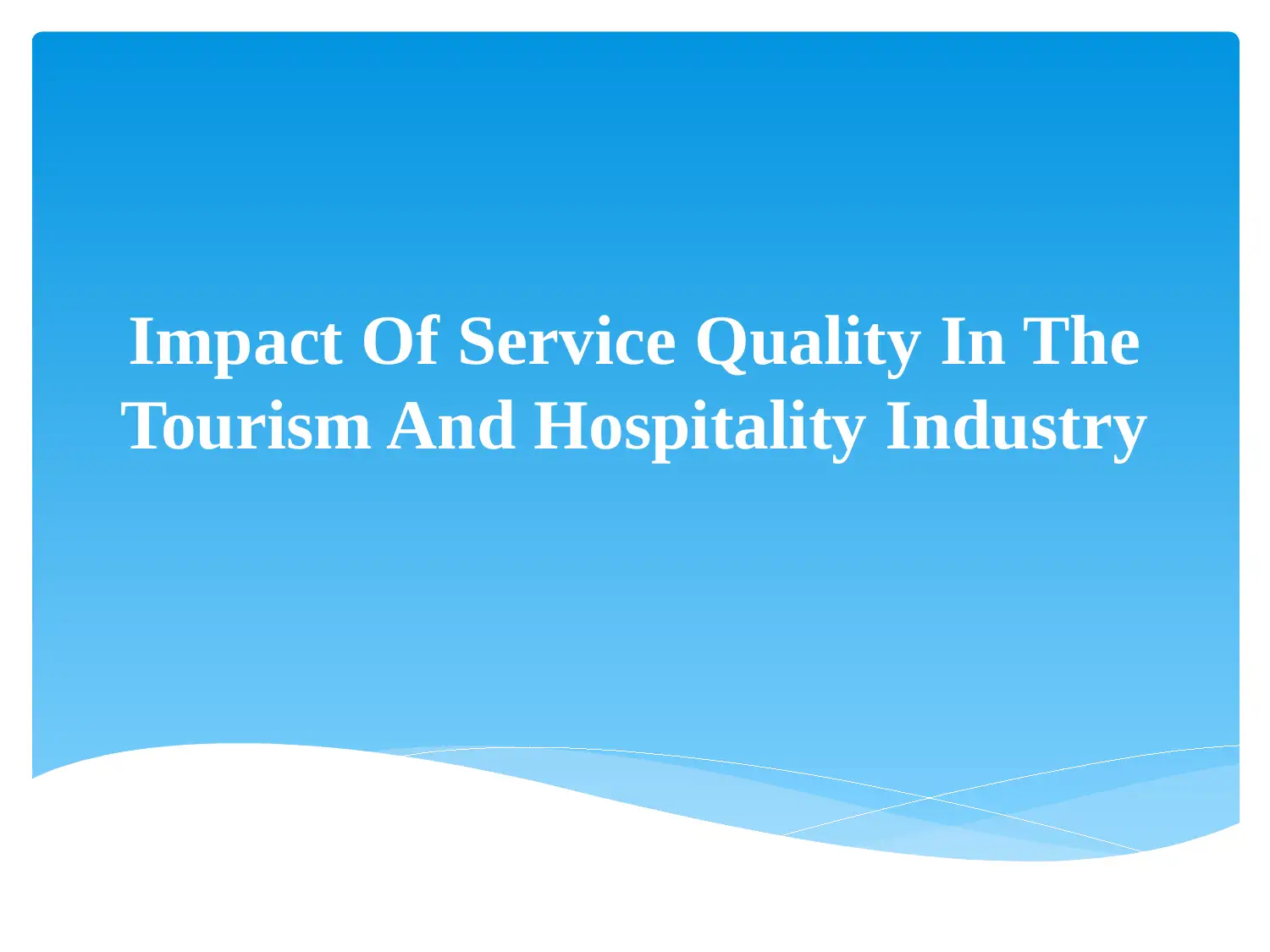
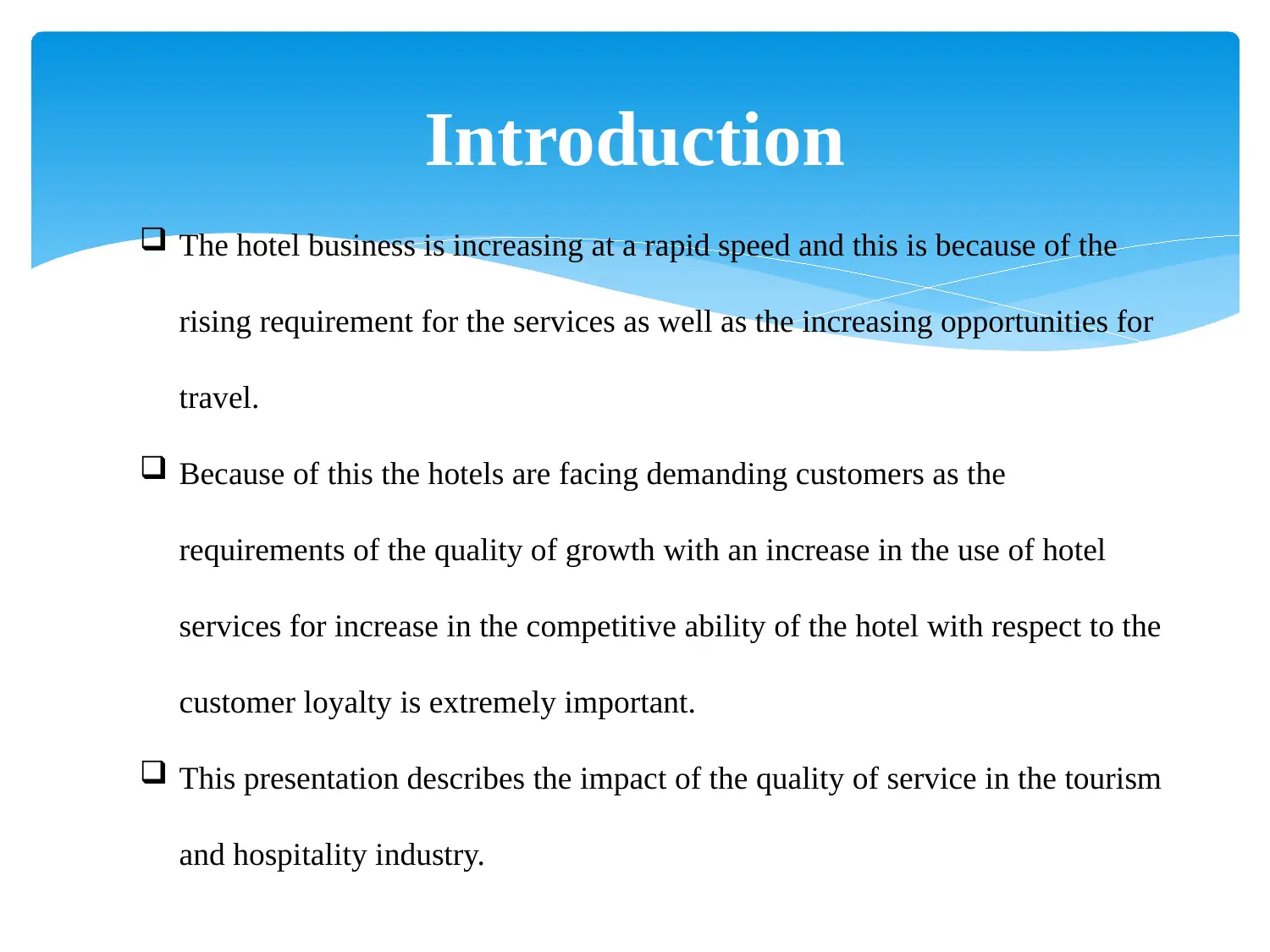
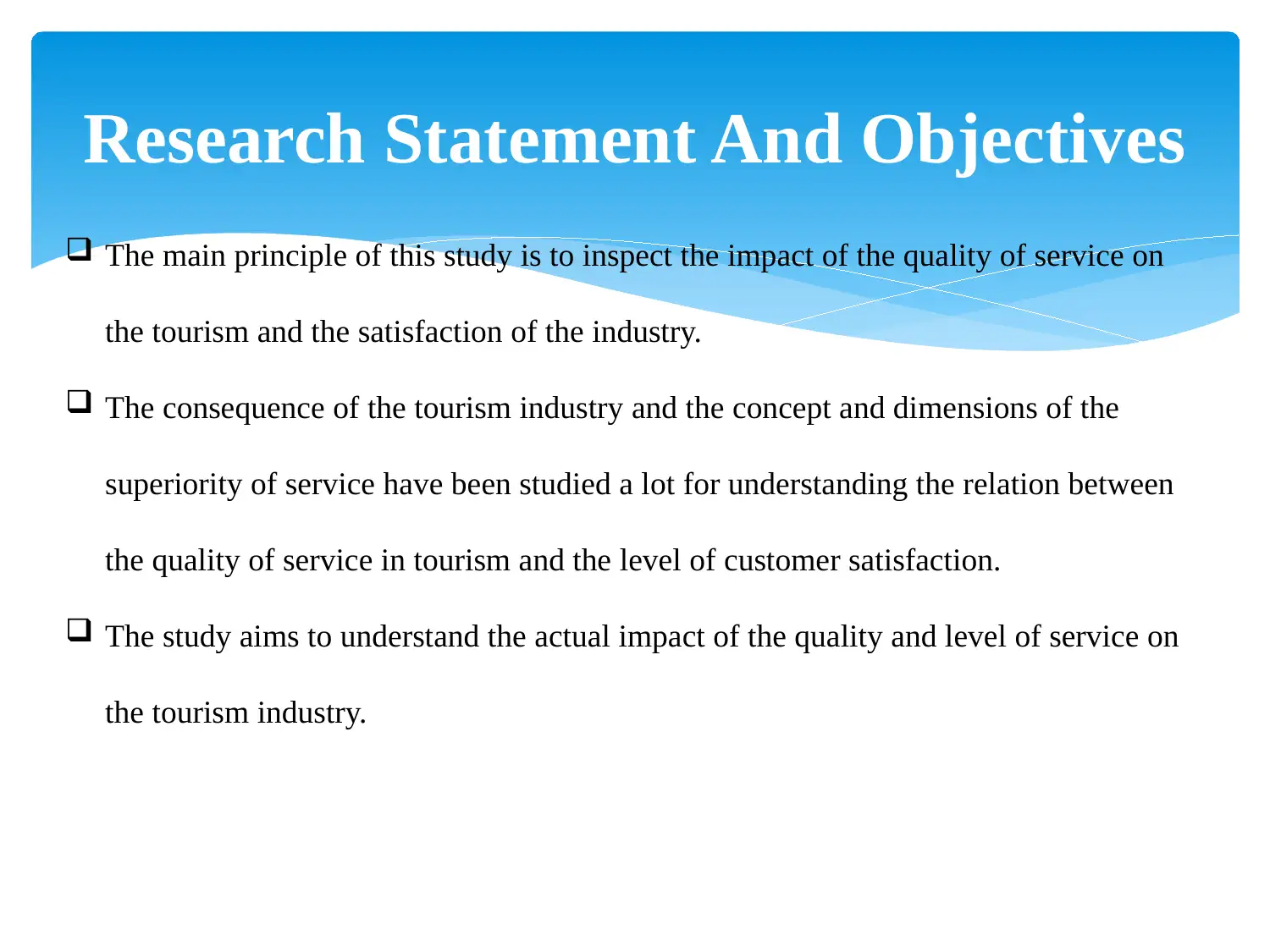

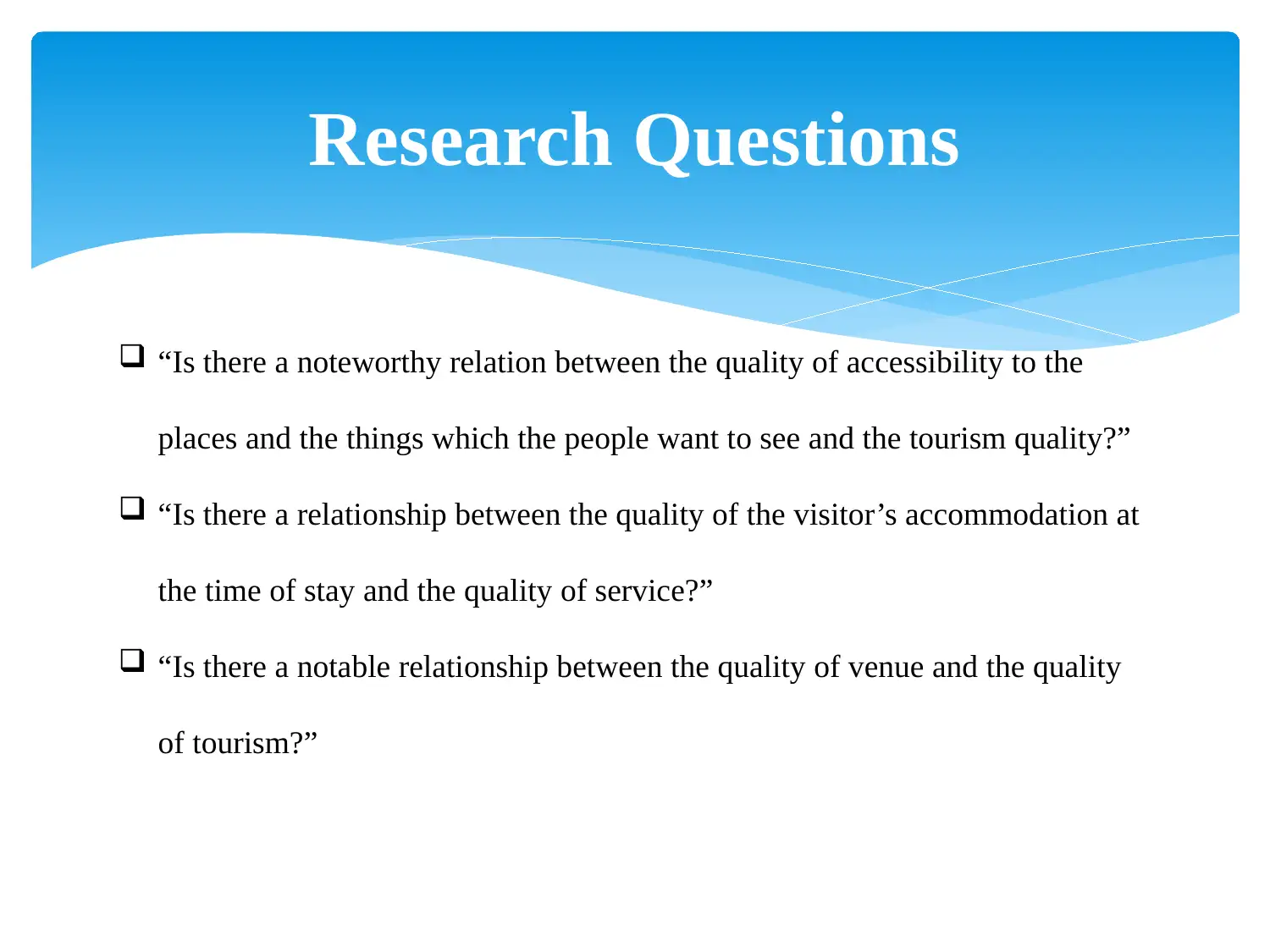
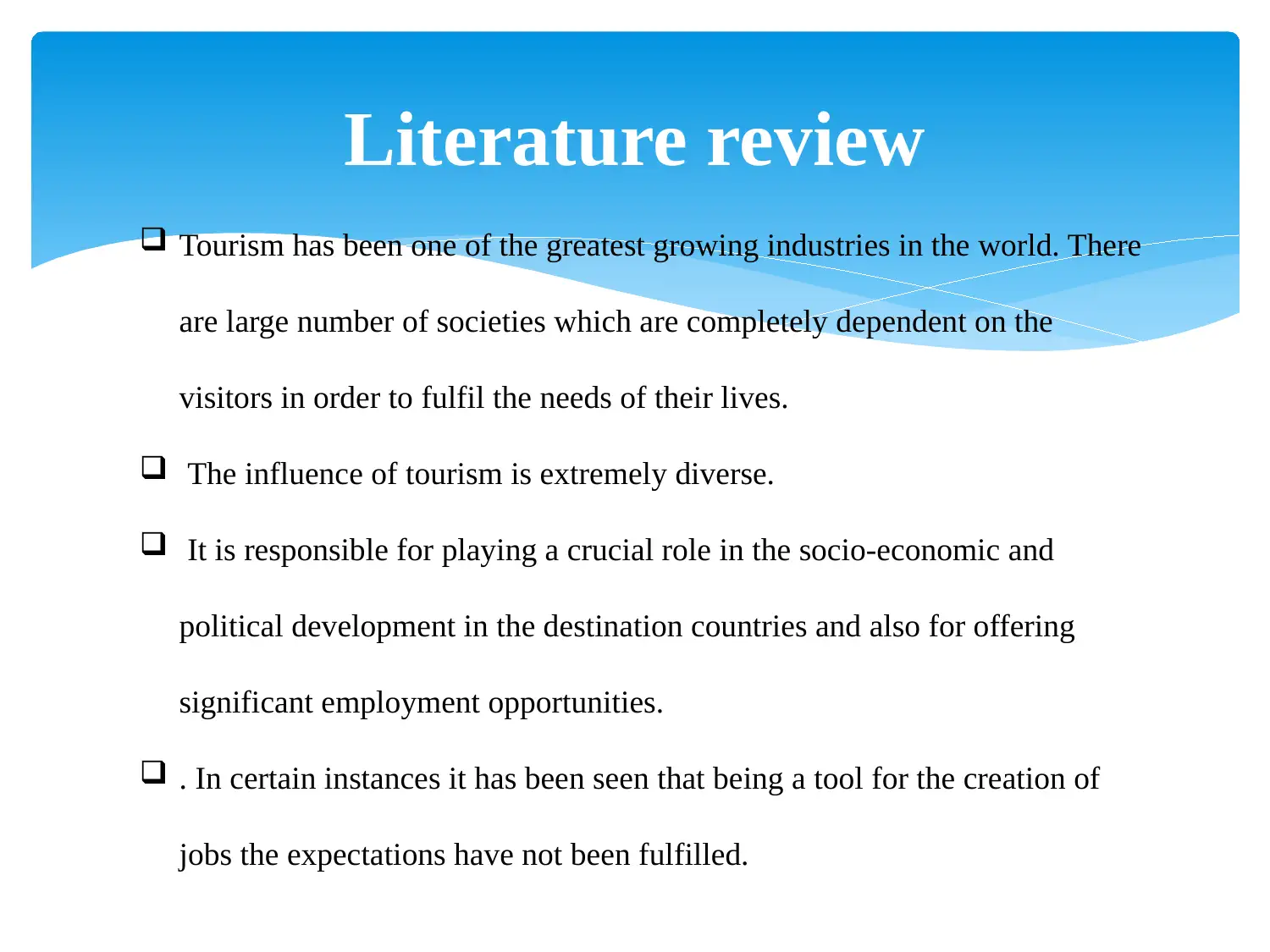
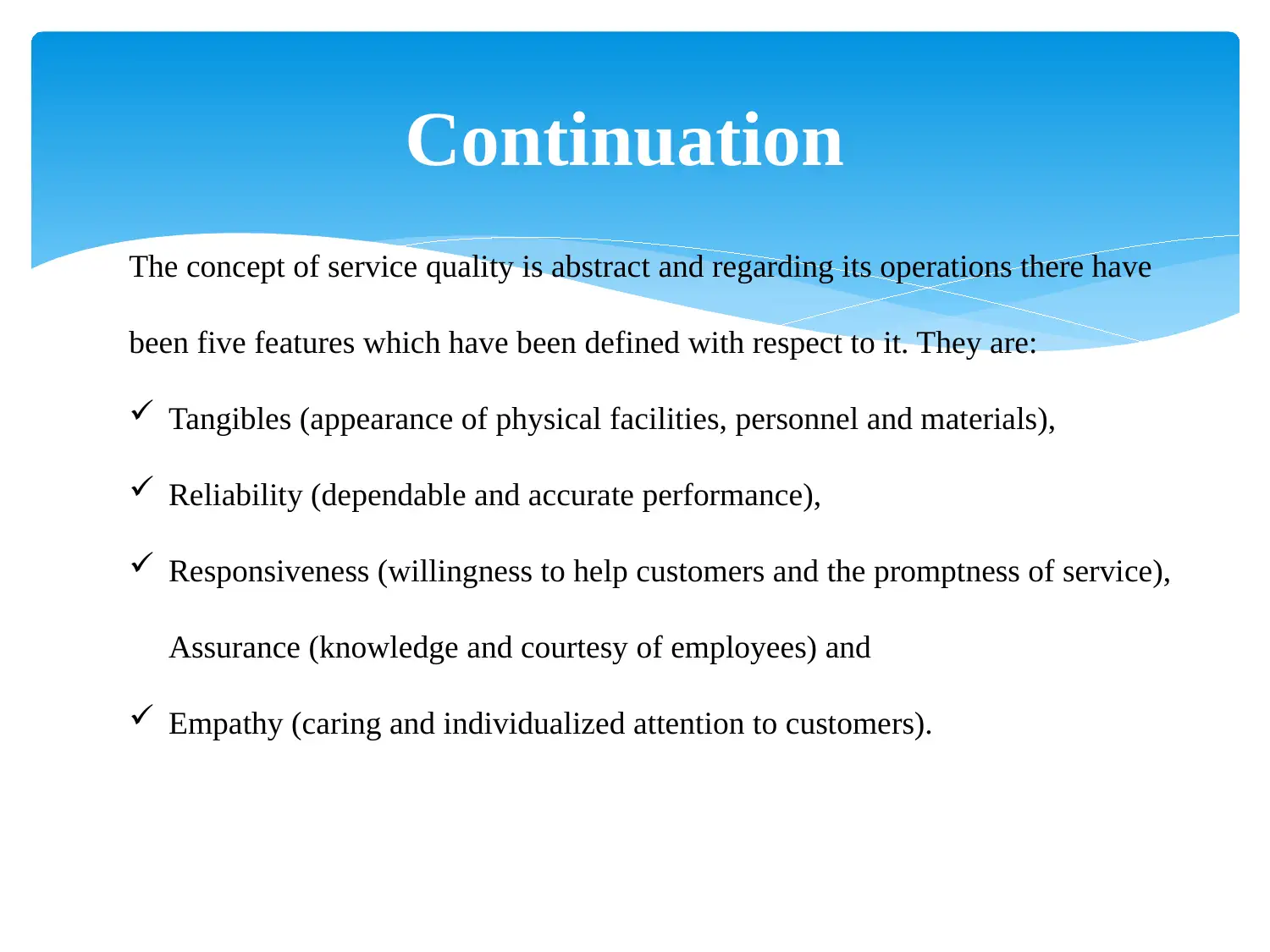
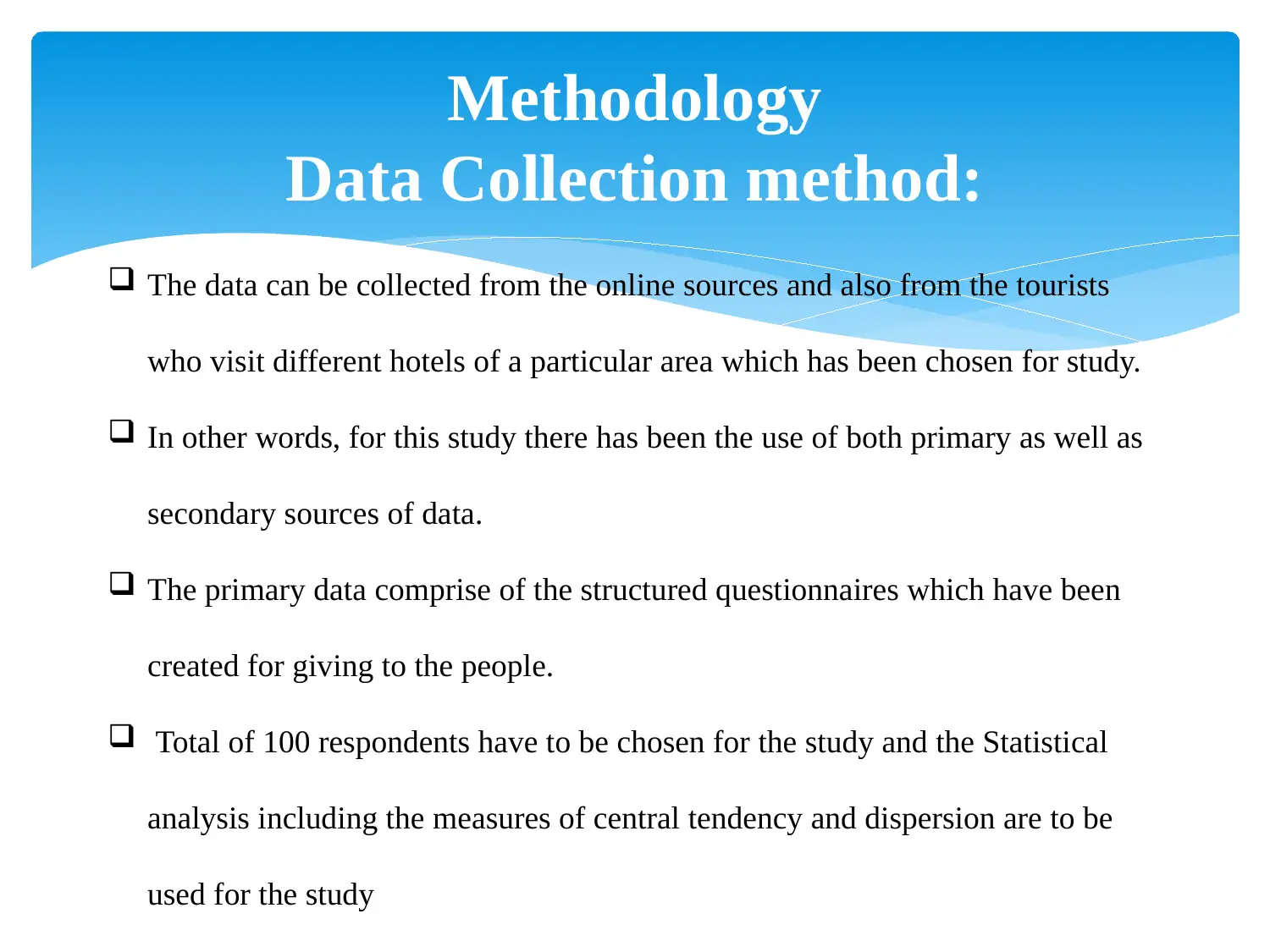
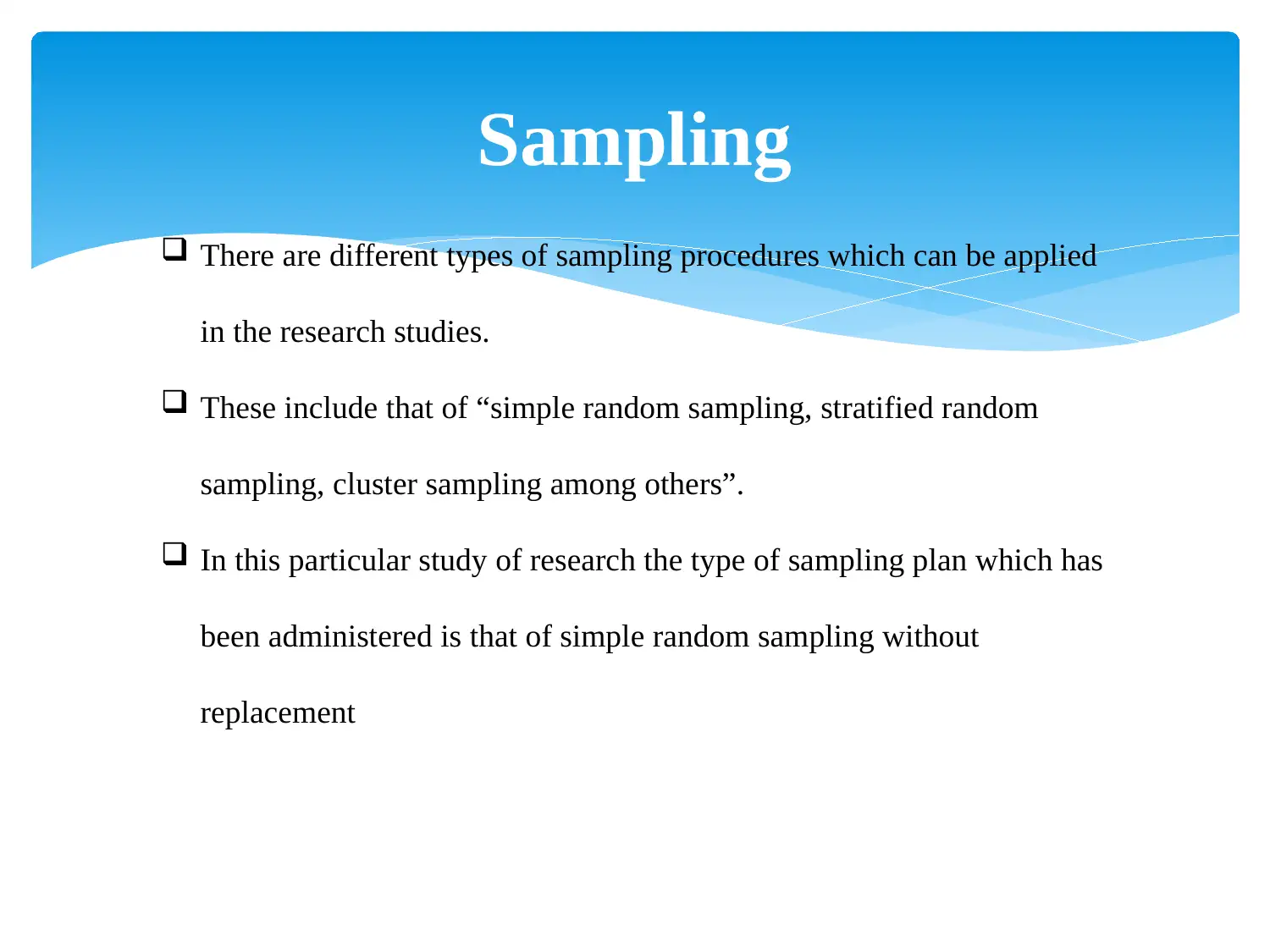
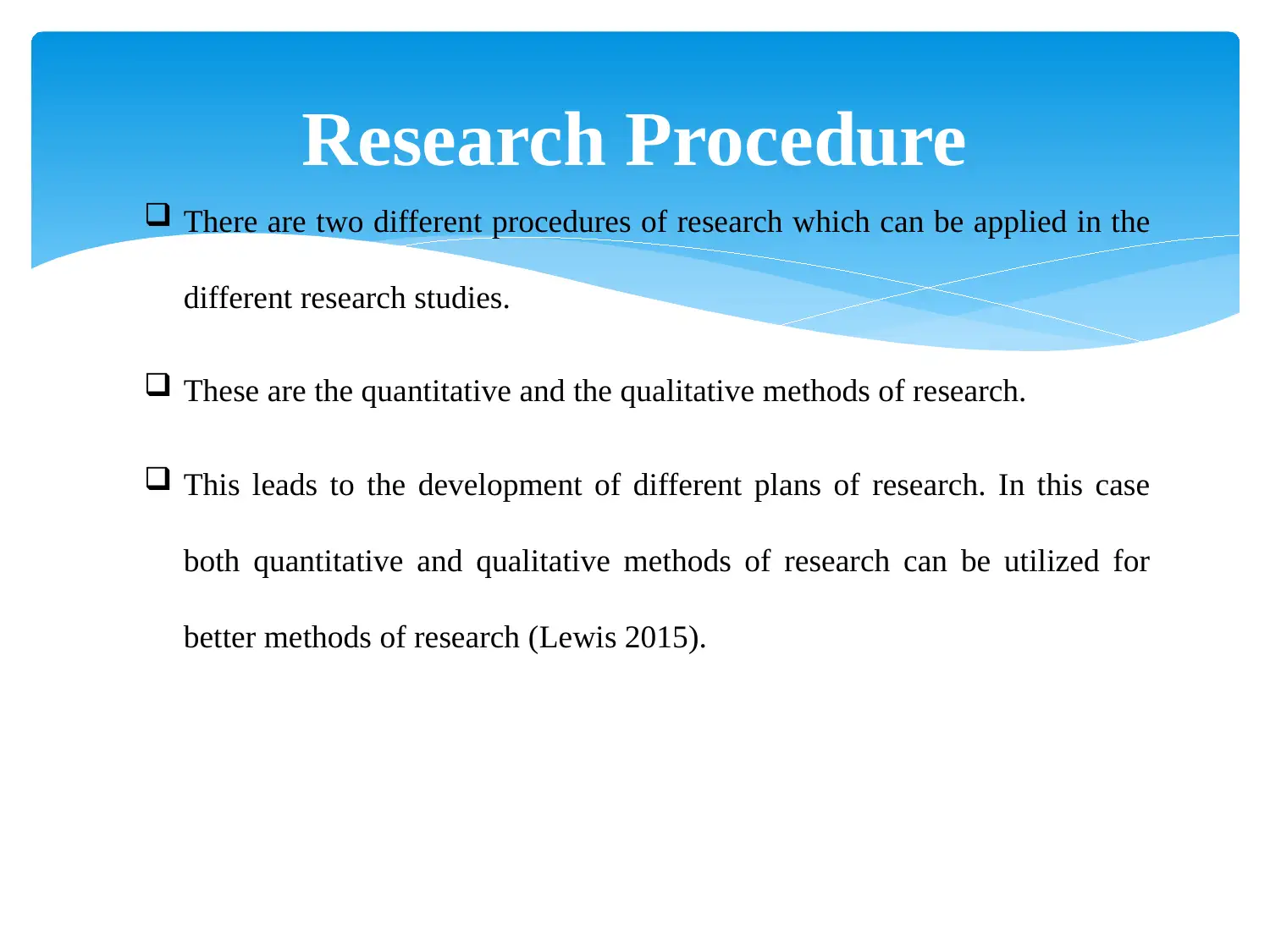
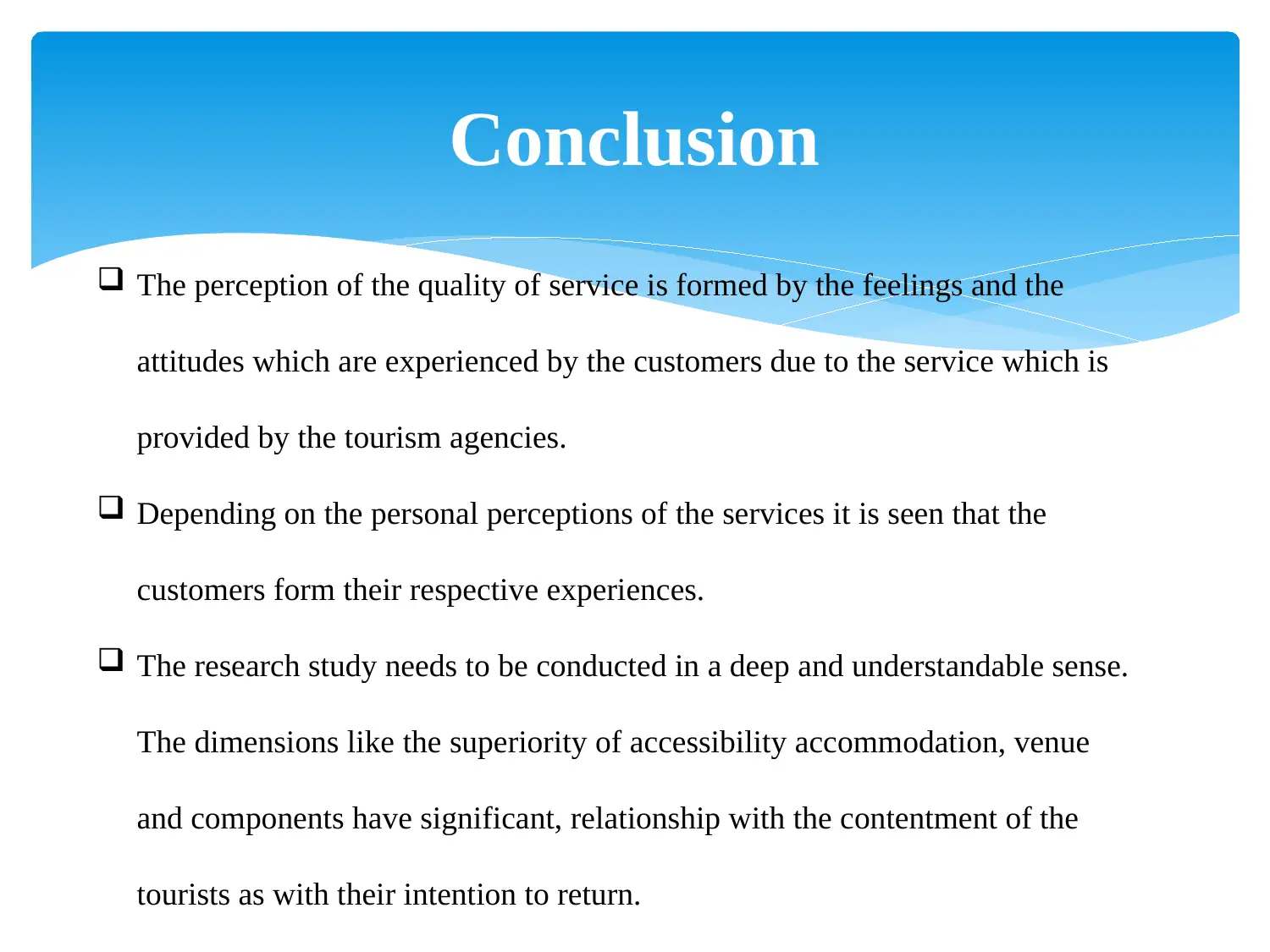
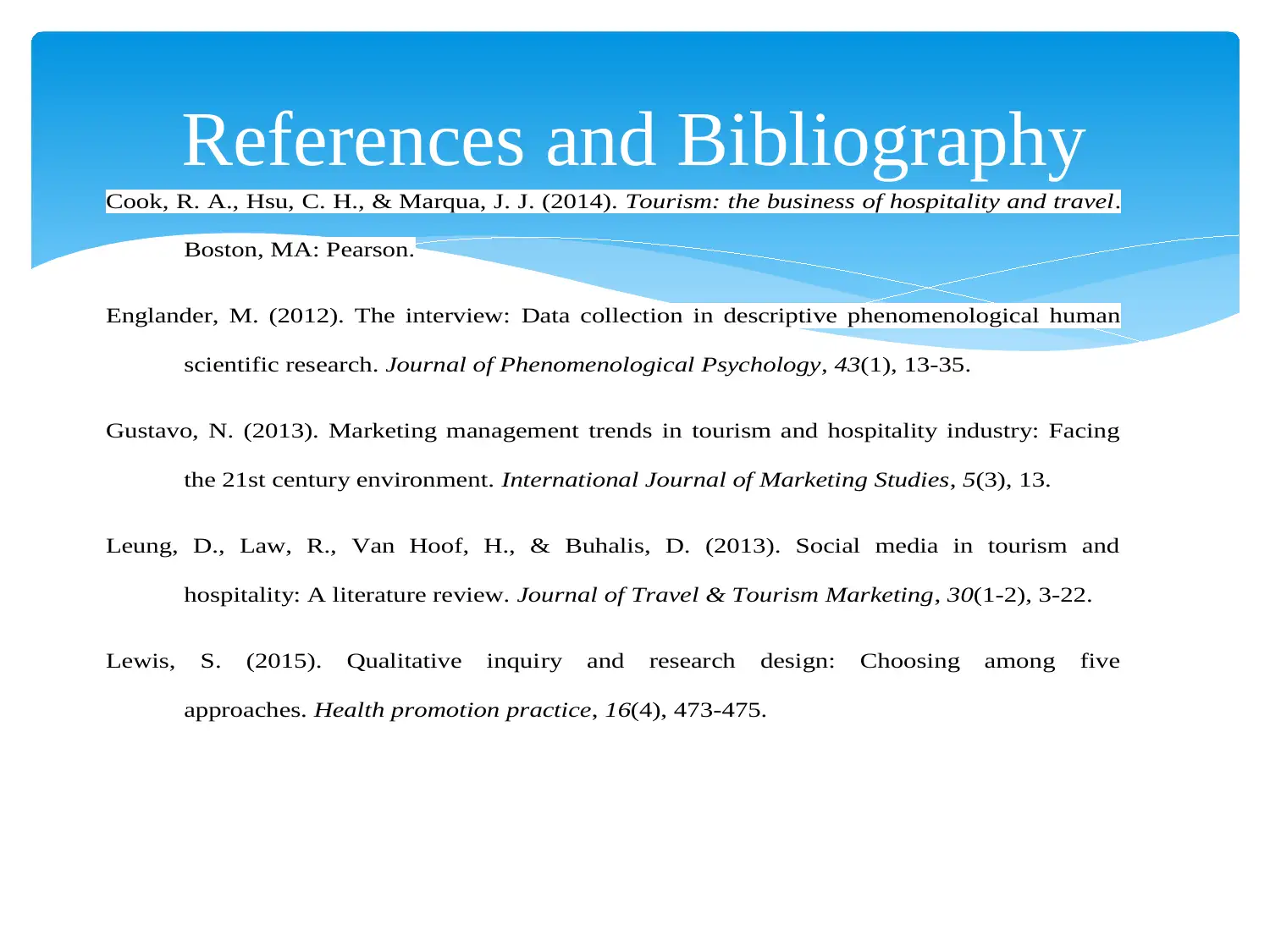
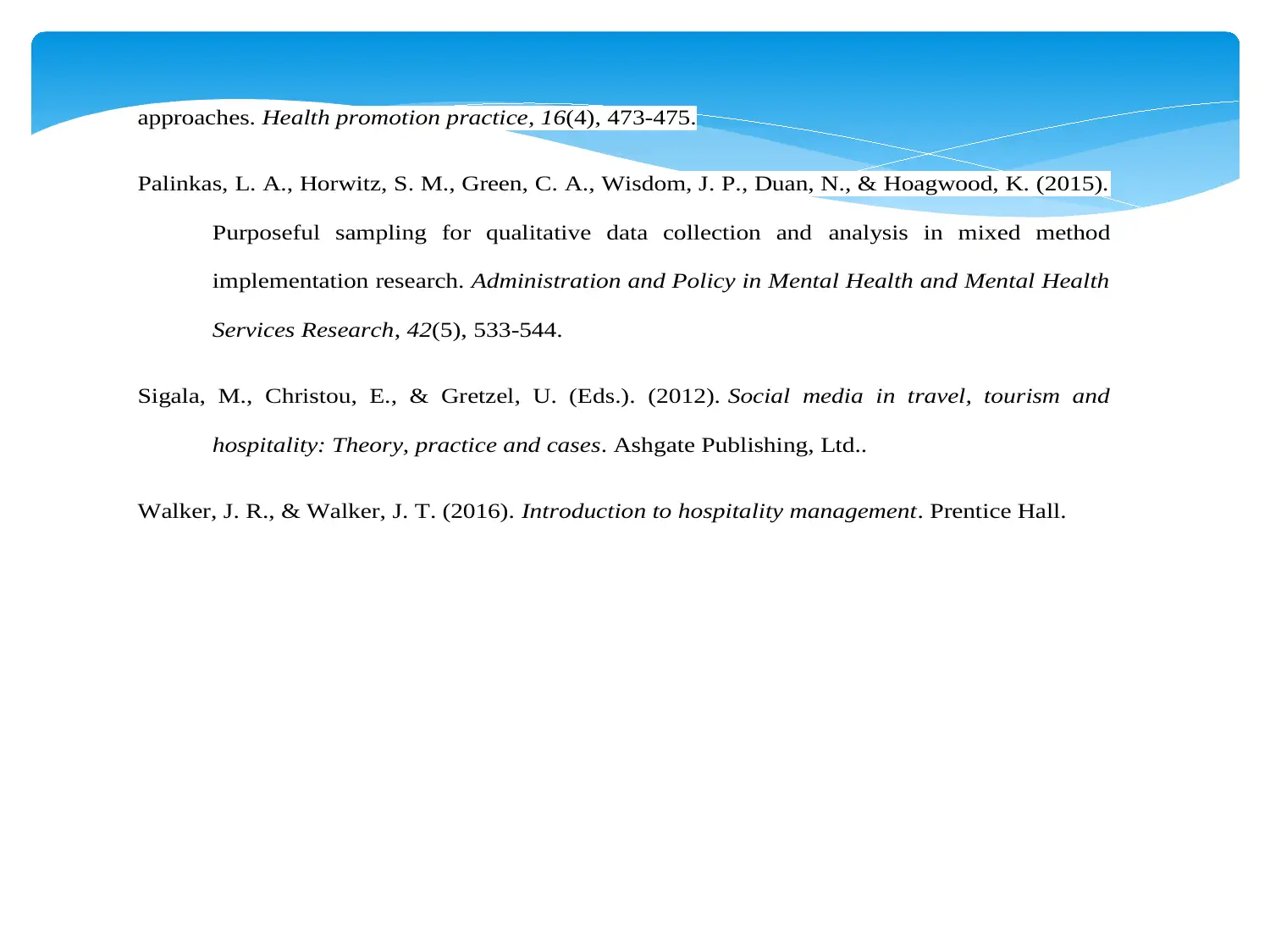





![[object Object]](/_next/static/media/star-bottom.7253800d.svg)